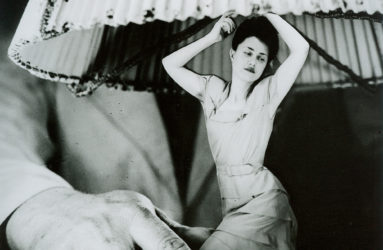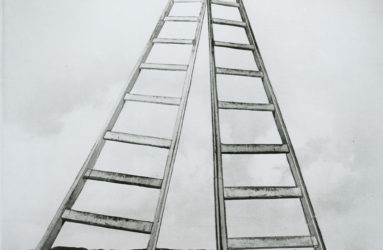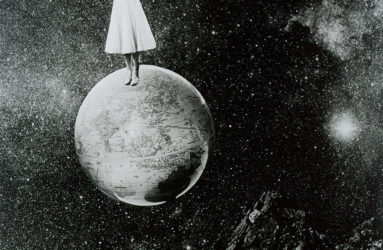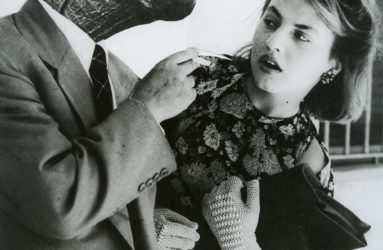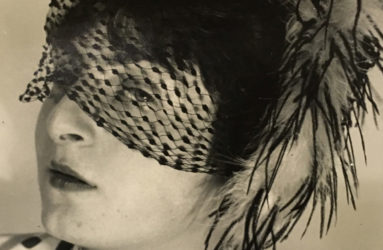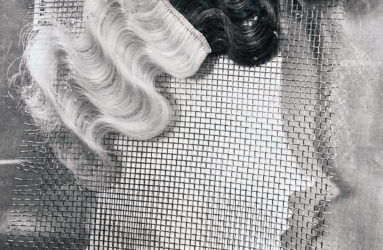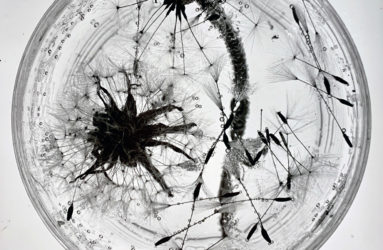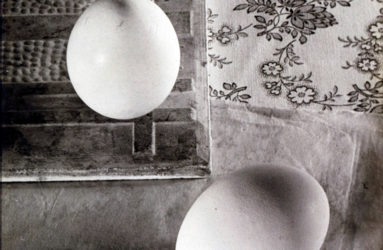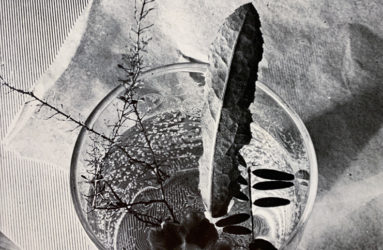
Grete Stern
Grete Stern (1904 – Wuppertal-Elberfeld, Germany – 1999, Buenos Aires, Argentina)
Between 1923 and 1925 she studied graphic design and typography at the Technische Hochschule in Stuttgart. In 1927, following the advice of her friend and fellow photographer Umbo, she took individual photography lessons with the renowned teacher Walter Peterhans, and met her future business partner Ellen Auerbach. Throughout the following year Grete continued to study with Peterhans in his photography classes at the Bauhaus in Dessau. There, she met the Argentinian photographer Horacio Coppola, who she married three years later.
In 1929 Grete and Ellen Auerbach opened a highly experimental Berlin based commercial design, advertising and photography studio: ringl + pit, named after their childhood nicknames (Grete was ringl, Ellen was pit). They created innovative, proto-feminist portraits and commercial assignments that defied the conventional style of current German advertising, often exploring alternative models of the feminine.
With the rise of the Nazi Regime and the subsequent closure of the Bauhaus, Grete traveled to London along with Horacio Coppola and Ellen Auerbach, where they reopen ringl + pit. One year later the studio closed after Ellen was forced to leave England and head to the United States. In 1935 Grete traveled to Buenos Aires with her then husband Horacio Coppola, where they settled permanently and continued their photographic and advertising practice, producing groundbreaking work impregnated with New-Vision ideas they had learnt in Europe.
Her work includes a number of photographic series about the city of Buenos Aires: its architecture, landscapes of southern Argentina, the life and crafts of Aboriginal Gran Chaco, and portraits of various Argentinian artists and intellectuals.
Sueños, (Dreams) is a series of photomontages that Grete Stern produced on a weekly basis for the women’s magazine Idilio, from 1948 to 1951. The images were meant to illustrate the column El psicoanálisis le ayudará (Psycoanalys Will Help You). The women readers were invited to share their dreams that were subsequently analyzed by a psychologist and a sociologist working under the pseudonym Richard Rest. But it was the richly imaginative, technically outstanding, poetic images that Stern provided with her photomontages that really grasped the complex feelings at work in the dreams of the correspondents.
Her photographs are featured in several museums, institutions and private collections in Europe, The United States and Latin America, among others: Museum of Modern Art (MoMA), New York; The Metropolitan Museum of Art (MET), New York; The Museum of Fine Arts, Huston; J. Paul Getty Museum, Los Angeles; Museo Nacional Centro de Arte Reina Sofía, Madrid; Insituto Valenciano de Arte Moderno (IVAM), Valencia; Fundación Telefónica, Madrid; Folkwang Museum, Essen, Germany; Museu Lasar Segall, Sao Paolo; Instituto Moreira Salles, Rio de Janeiro; Museo Nacional de Bellas Artes (MNBA), Buenos Aires; Museo de Arte Latinoamericano de Buenos Aires (MALBA); Museo de Arte Moderno de Buenos Aires (MAMBA).
In 2015, The Museum of Modern Art, (MoMA), in New York presented From Bauhaus to Buenos Aires: Grete Stern and Horacio Coppola, a retrospective exhibition accompanied by a comprehensive catalog.
In 2019 the Museo de Arte Latinoamericano de Buenos Aires (MALBA) opened the exhibition Mundo Propio, focusing on Argentinian photography of the 20th century. Grete Stern’s work was an important highlight of the exhibition.
In 2023 the Museo Carmen Thyssen, Málaga, presented Fervor de Buenos Aires: photographs by Horacio Coppola from the Colección Telefónica. Photomontages by Grete Stern.



